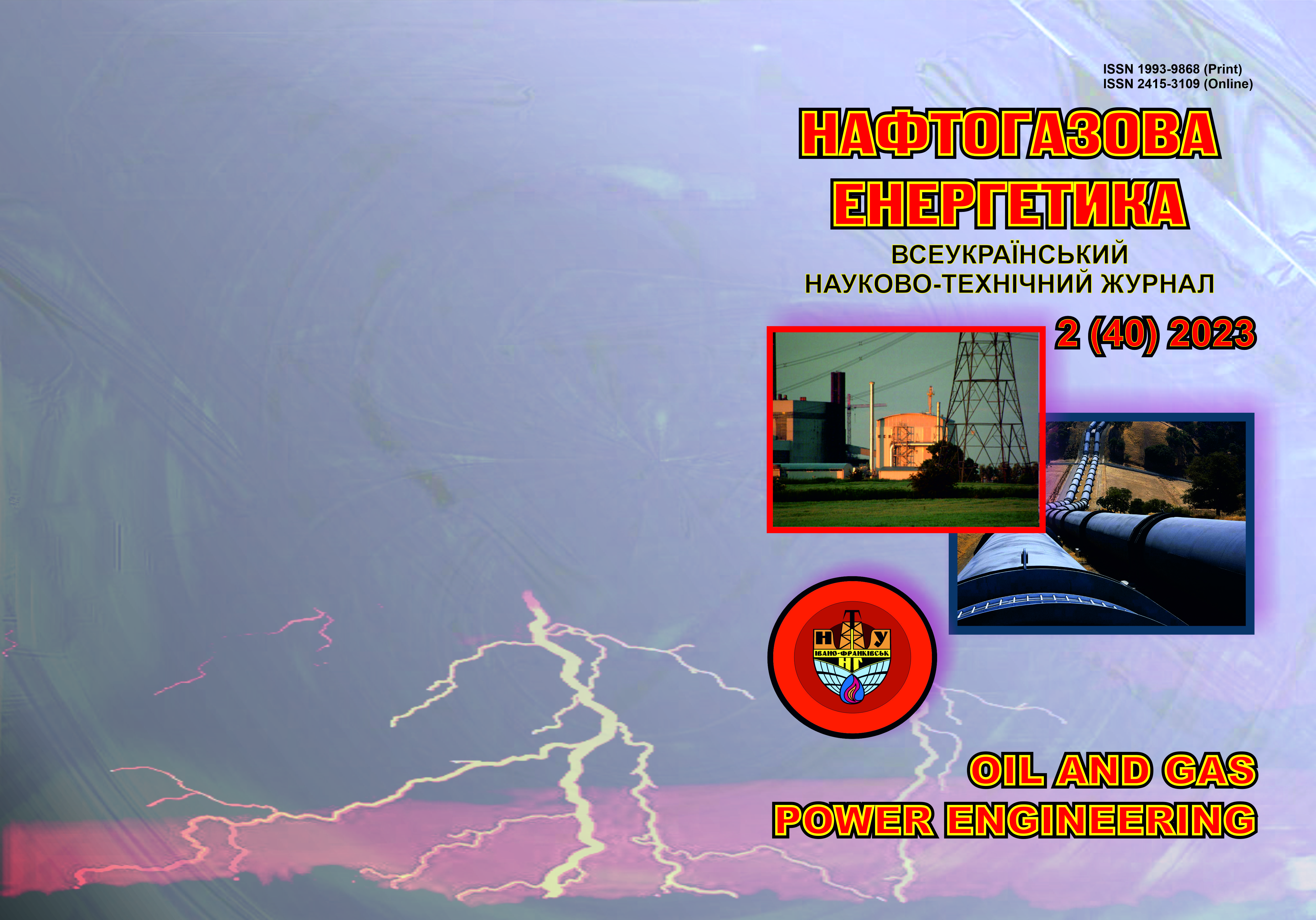Optimization of the process of application of electrospark coatings when strengthening automotive parts of the “shaft” type
DOI:
https://doi.org/10.31471/1993-9868-2023-2(40)-66-72Keywords:
electrospark coating, increasing the wear resistance of parts, strengthening of shaft-type partsAbstract
The need to use parts of components and mechanisms with stable parameters with respect to the impact of external factors leads to the search for solutions to ensure effective surface treatment. Due to its efficiency, low cost and relative simplicity, the technology of applying electric spark coating stands out. The use of the electric spark alloying process improves the surface microrelief and increases its strength, while also helping to restore the surface of the part after wear. This effect is used to strengthen parts for the automotive industry, and the coating of shaft-type parts improves friction and wear resistance characteristics. The process of electrospark alloying is based on the use of energy generated during an electric discharge between two electrodes, the resulting impulse contributes to the occurrence of electrical erosion. Localized heating of the anode (electrode) surface leads to the destruction and fixation of material particles on the cathode (part) surface. This method of coating is especially relevant for minimal surface wear (bearing seats on shafts and in automotive housings, spikes of cardan shaft crosses, etc.) due to the minimal temperature effect on the workpiece. An important factor that has a significant impact on the quantitative and qualitative characteristics of the surface layer is the choice of the electrode for coating. This paper investigates the process of using carbide materials such as VK8 (WC – 92%, Co – 8%) and T15K6 (WC – 79%, TiC – 15%, Co – 6%) to obtain a hardened layer. An urgent problem is the choice of the mode in which the surface is alloyed, since the structure and composition of the resulting layer depends on it. Therefore, the paper analyzes the results of experimental studies on the effect of the installation operating mode on the microhardness value for each of the electrodes. The main parameters characterizing the efficiency of the process include the value of adhesion of the coating to the substrate; according to the results obtained, the maximum value for the T15K6 electrode is 54.2 MPa, for the VK8 53.6 MPa. The residual compressive stresses were recorded only when using the VK8 electrode in the range of 3-90 MPa, for T15K6 the maximum residual tensile stresses were observed in the range of 1 1340 MPa.
Downloads
References
Johnson, Roger N., and G. L. Sheldon. "Advances in the electrospark deposition coating process." Journal of Vacuum Science & Technology A: Vacuum, Surfaces, and Films 4.6 (1986): 2740-2746.
Wang, J., Zhang, M., Dai, S., & Zhu, L. (2023). Research Progress in Electrospark Deposition Coatings on Titanium Alloy Surfaces: A Short Review. Coatings, 13(8), 1473.
Marchenko, D. D., and K. S. Matvyeyeva. "Increasing the Wear Resistance of Restored Car Parts by Using Electrospark Coatings." Problems of Tribology 28.1/107 (2023): 65-72.
Зайвойко, О. С., and С. М. Новіков. "Механізм процесу електроіскрового легування із газовим осадженням." Prospecting and Development of Oil and Gas Fields 3 (48) (2013): 119-126.
Zhengchuan, Zhang, et al. "Промислове нанесення покриттів на втулку підшипника за технологією електроіскрового легування." Scientific Bulletin of Ivano-Frankivsk National Technical University of Oil and Gas 1 (52) (2022): 15-23.
Щепетов, В. В., А. Г. Довгаль, and Л. В. Бурдюженко. "Електроіскрове легування для підвищення триботехнічних характеристик деталей авіаційної техніки." Advances in aerospace technology 19.1 (2004): 83-87.
Руденко, Лідія Федорівна, and Тетяна Павлівна Говорун. "Леговані сталі та сплави." (2012).
Дем’янчук, Я. М., Т. Й. Войцехівська, and А. Р. Сумер. "Вплив хімічного складу електродів для електроіскрового легування на трибологічну поведінку штоків нафтових насосів." Наукові нотатки 49 (2015): 47-50.
Radek, Norbert, and Konrad Bartkowiak. "Performance properties of electro-spark deposited carbide-ceramic coatings modified by laser beam." Physics Procedia 5 (2010): 417
Barile, C., Casavola, C., Pappalettera, G., & Renna, G. (2022). Advancements in Electrospark Deposition (ESD) Technique: A Short Review. Coatings, 12(10), 1536.
Downloads
Published
How to Cite
Issue
Section
License
Copyright (c) 2024 Oil and Gas Power Engineering

This work is licensed under a Creative Commons Attribution-ShareAlike 4.0 International License.


.png)






1.png)









